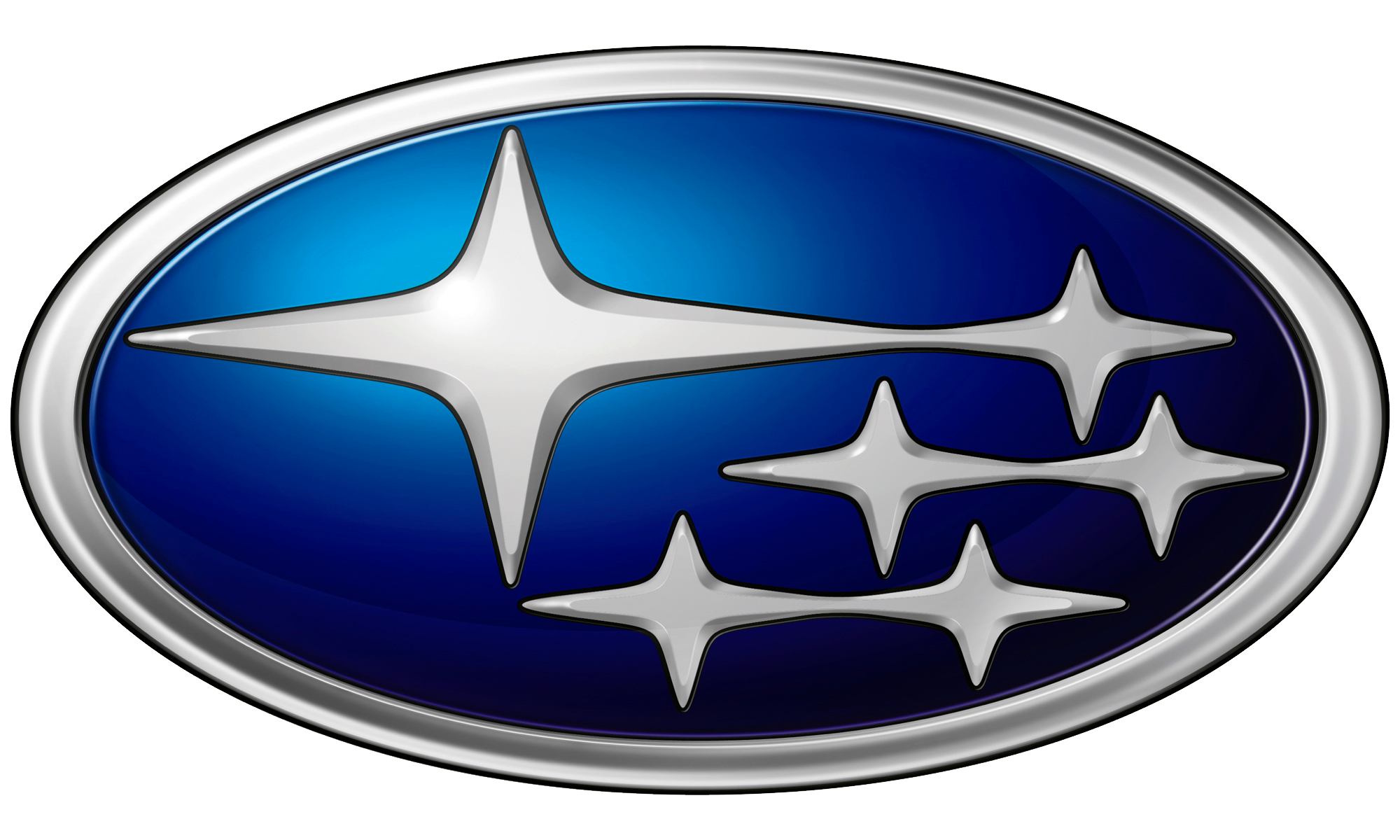

Adam Hill writes:
I’ve been using your Long Term Quality Index for my used car search and I just wanted to say THANK YOU for putting together such a great tool. It’s so much more useful than all those “Top 10 used car” articles and has so much information that’s pretty much invisible elsewhere.
I was wondering one thing though. Subarus (specifically Outbacks and Foresters) seem to have great reliability reputations, not just from word of mouth, but also the aforementioned articles that come up when searching online. Yet, the statistics you’ve complied paint a much worse picture of them (well below industry average) for long term reliability.
I was just wondering if you have any theories on why this disconnect might exist between the public perception/internet articles and the statistics?
Sorry if you’ve already written about this, I did a search for your name and Subaru but didn’t come up with much
Thanks a lot!

When I first started off in the car business, way back in 1999, Subaru was right up there with the best. Better than Nissan. Way better than the Koreans and the domestic cars. Even better than Volvo which back then was saying a lot.
I used to buy every Outback and Forester I could get my hands on here in Atlanta, and I sold them to folks who were a pleasure to do business with because…
A) They already knew what they wanted
and
B) They never ever negotiated when it came to price.
I seriously considered becoming a Subaru dealer for those two reasons. The fact that I was only a few generations removed from anything related to wealth kinda held me back. In the car business, the easiest way to make a small fortune is to start off with a big fortune, and I had neither fortune quite within my grasp.
I was just an auto enthusiast who happened to love Subarus and I was perfectly okay with that. Until I started noticing a few things.

An awful lot of Subarus were beginning to have severe engine issues in the form of blown head gaskets.

The first two generation of the Subaru Legacy and Outback were perfectly fine. Way better than the overwhelming majority of new and used cars of that time; especially the Honda Accord. This lasted until around 2003 when Subaru gradually became a popular brand again thanks to a series of excellent advertising campaigns and the 2003 Subaru Outback began to make serious inroads into the mainstream.
Then ever so slowly, these models began to blow head gaskets past their warranty periods and Subaru didn’t quite offer what their customers needed to become long-term keepers of their cars. Let’s revisit that graph again but this time, let’s focus on those middle years.

That high defect rate of 18% to 23% for trade-ins on the third generation Subaru Outback (2003 thru 2009) is primarily due to head gasket issues that took place after the warranty period was long gone. When we received our first batch of trade-ins back in 2013, Subaru was the most average brand in our study. Every vehicle with the exception of the Subaru Tribeca was right at average. But these last few years have been incredibly unkind to the Subaru brand.
Subaru B9 Tribeca
Subaru Baja
Subaru Forester:
Subaru Impreza:
Subaru Legacy:
Subaru Outback:
So if you’re looking to buy a used Subaru that is eight years or older, my advice is to ask whether the head gasket has been replaced and if it hasn’t, get it independently inspected to make sure it’s not leaking.
Also, enjoy this video!
